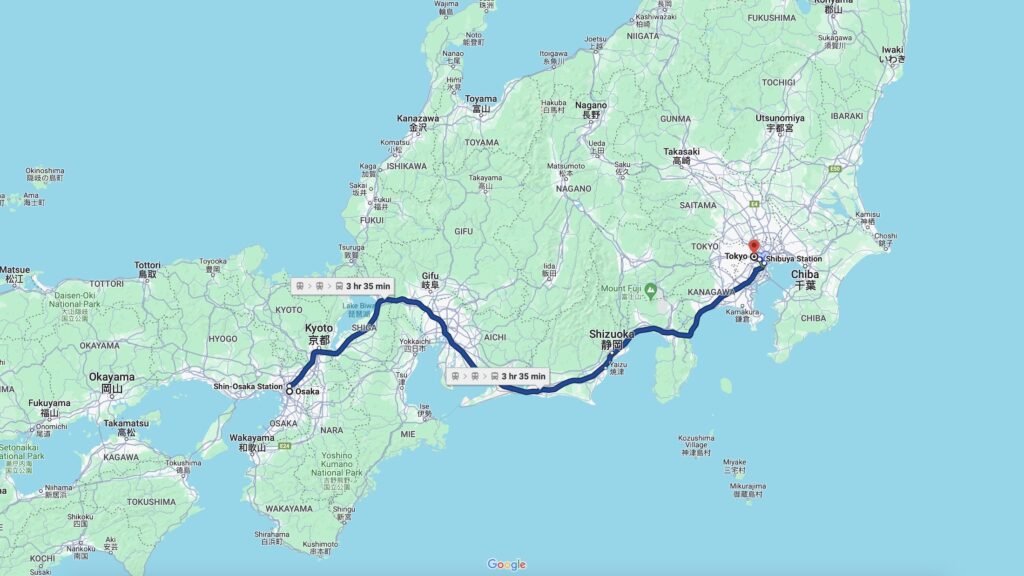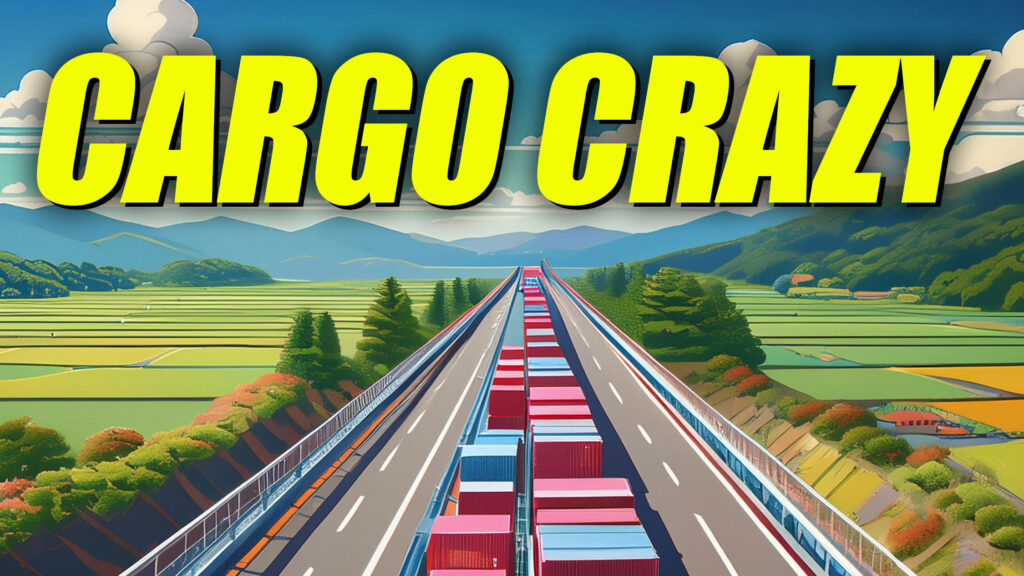- Japan is proposing to build a 310+ mile conveyor belt to deliver cargo between Tokyo and Osaka.
- The belt would run in tunnels and above ground, and could deliver as much cargo as 25,000 truck drivers daily.
- Japan’s declining population is one reason the country is predicting a 36 percent shortfall in truck drivers by 2030.
Many logistics companies around the world have high hopes for fully driverless trucks that will be able to operate around the clock without needing to sleep or take toilet breaks. But Japan has an alternate proposal. It wants to build a conveyor belt more than 311 miles (500 km) long that will speed freight across the country.
The Autoflow Road would connect Tokyo with Osaka and consist of a network of supersized airport luggage carousels that would either run alongside the verge of major roads or underneath them. An alternate suggestion is for goods to be moved on automated electric carts along similar purpose-built routes. Running non-stop, day and night, the system could theoretically shift the the same amount of cargo as 25,000 truck drivers ever day.
Related: Autonomous Trucks May Be Driving Without Human Co-Pilots Starting This Year
Japan’s Land, Infrastructure, Transport and Tourism ministry revealed the plan in a report last week as a way for the country to battle a looming shortage of truck drivers. A combination of population collapse and tougher regulations governing how much time drivers can spend behind the wheel will contribute to the number of available drivers falling from 660,000 in 2020 to 480,000 in 2030, the South China Morning Post reports.
That 36 percent driver shortfall – it rises to 41 percent in some regions – could mean 30 percent of deliveries not making it to their final destination come 2030 unless steps are taken, the report says. Though the conveyor plan has yet to be given the go ahead, The Japan Times says the government’s report targets a 2034 launch.

Removing 25,000 trucks from the road would ease congestion and cut carbon emissions as well as help solve the trucking crisis. And it’s not totally untested. The country’s Torigatayama limestone mine uses a 14-mile (23 km) belt, and in Africa a 62-mile (100 km) system moves phosphate between mine and port, SCMP notes.
The build cost, though, would be huge: almost $23 billion (¥3.7 trillion), Japan Times suggests, although the government itself has provided no estimates yet. And by the time the infrastructure is finally up and running a decade from now, autonomous technology will be far more advanced than it is now.
Do you think the Autoflow Road is a great idea, or should Japan be getting behind the development of autonomous semi-trucks and delivery vans instead?




